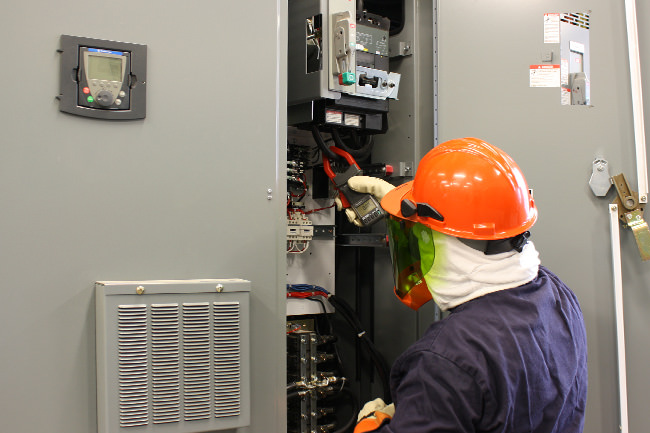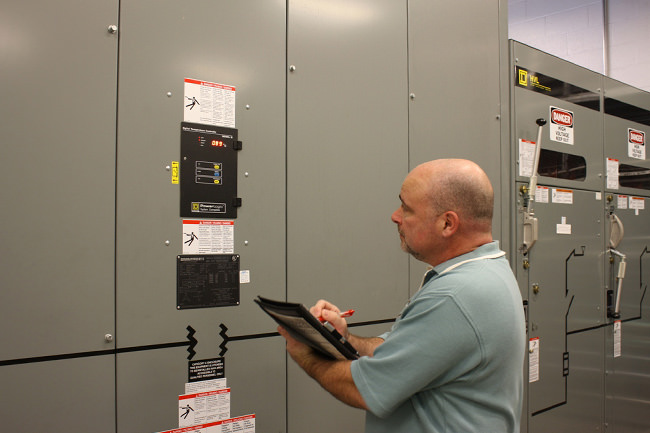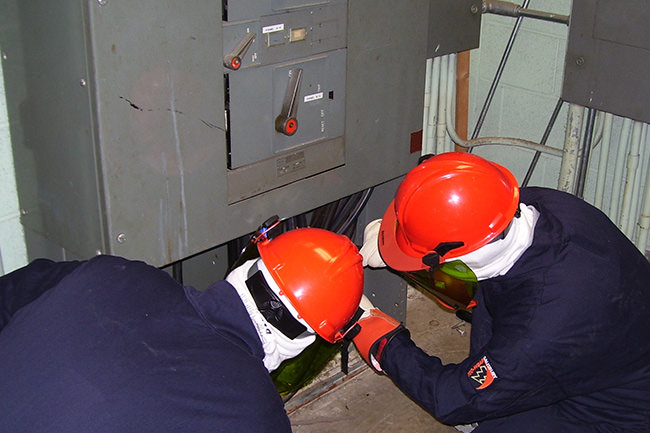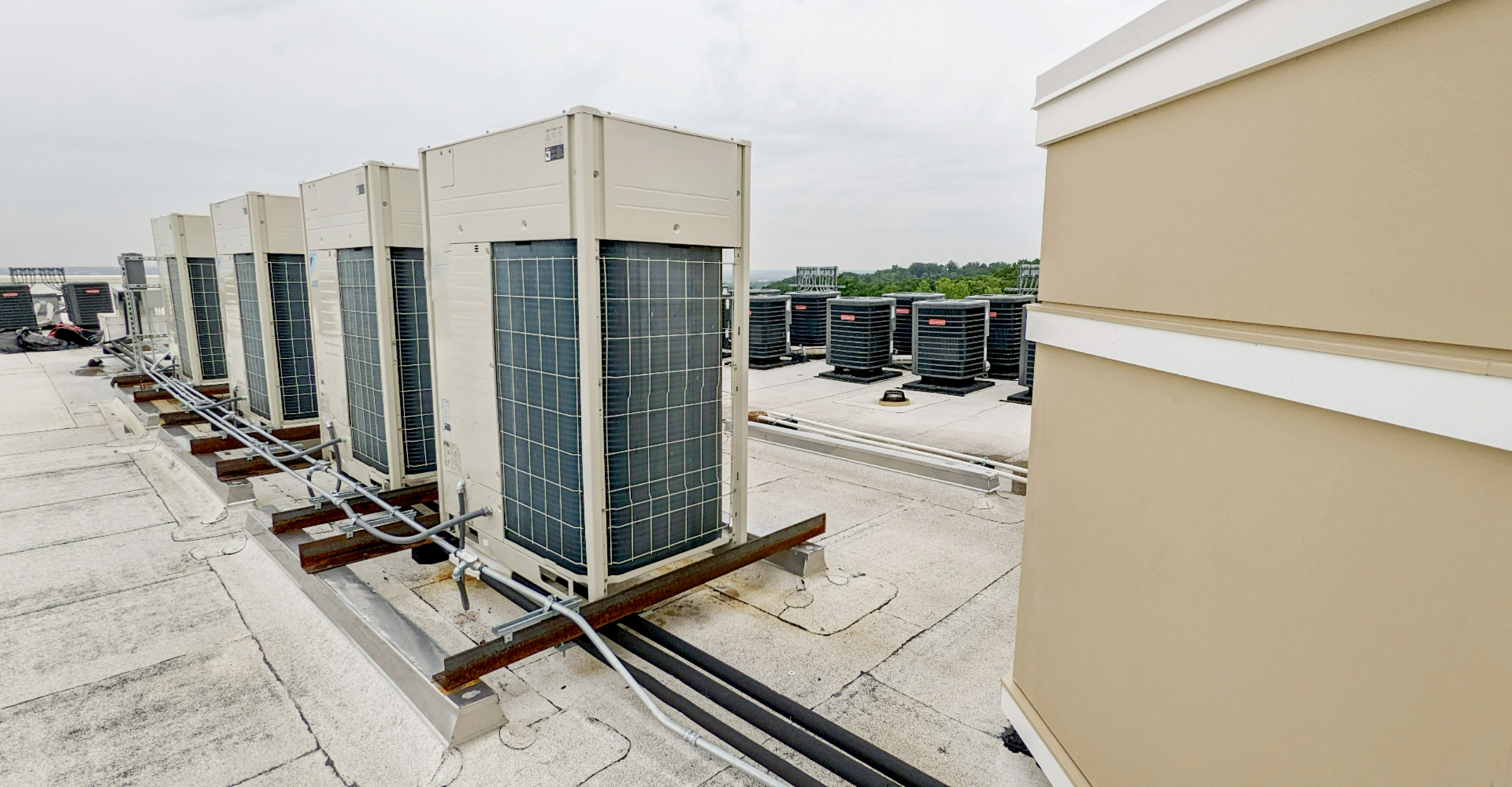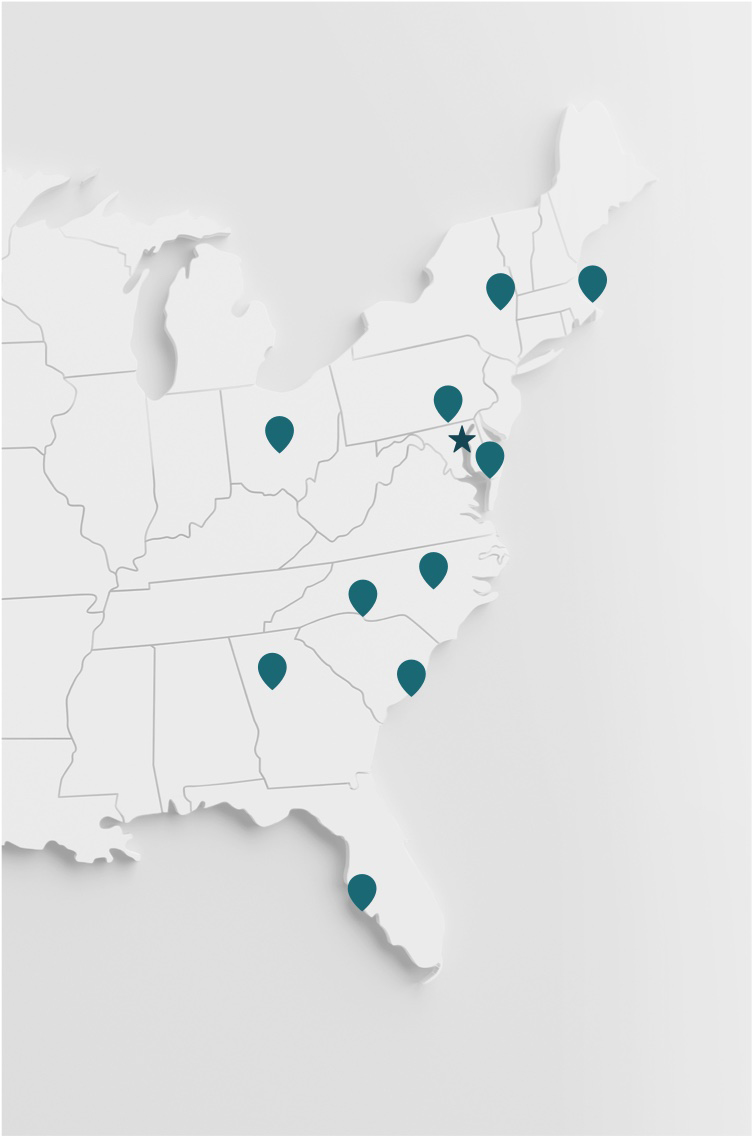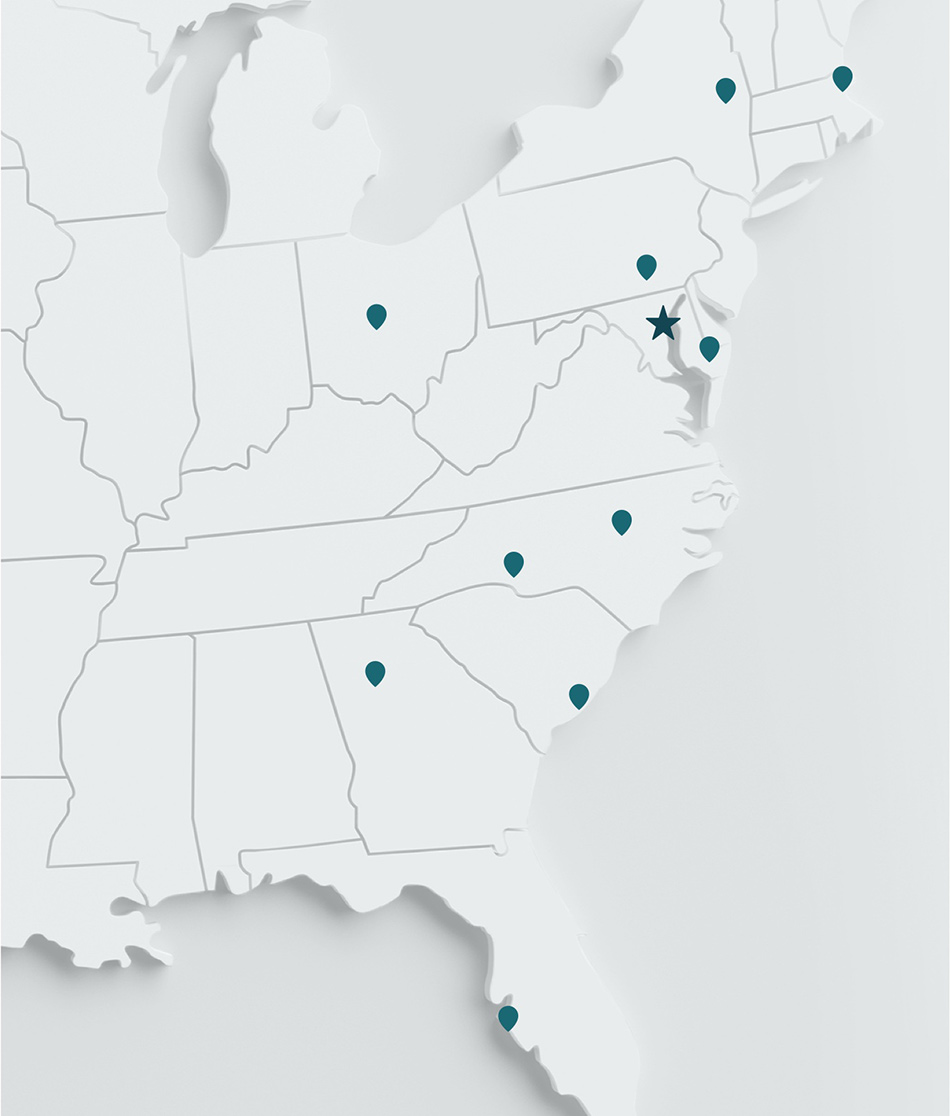Facts About Arc Flash
1: What OSHA Requires You To Do
- Owners are required to perform an Arc Flash Analysis prior to allowing anyone to work on their equipment
- NFPA 70 and 70E require that you label all panels with arc flash hazard information that are likely to require interaction
- NFPA 70E outlines what type of PPE must be worn for each category
2: How Arc Flash Can Injure Your Staff
The power of the blast can vaporize metal and create a shockwave that is capable of hurling objects up to 700 miles per hour or 2,000 pounds per square foot. The most common injuries as a result of arc flash depend heavily on the strength of the blast, but can range from concussion, loss of hearing, blindness, severe burns, electrical shock, ingestion of vaporized copper resulting in severe injury and / or death.
3: Where Arc Flash Occurs
Arc flash incidents are especially impactful in mission critical facilities such as hospitals, data centers, research facilities and financial institutions. These types of facilities cannot afford to cut power to devices and therefore often require their maintenance staff to service the equipment without powering it down. The most dangerous arc flash incidents typically occur in commercial and institutional facilities where conditions of maintenance are less rigorous.
4: The Liability You Face
- 5-10 arc flash events occur each day in the U.S.
- Loss of systems and equipment for extended periods of time
- Business disruption
- Employee injury or death
- Your company exposed to millions of dollars in law suits by not being in compliance with NFPA codes as enforced by OSHA for workers not wearing proper protective equipment
- Negative public relations as a result of service outages
Why RMF for Arc Flash Hazard Analysis
Unlike the competition, we cover the entire gamut of engineering services, enabling us to see more and do more for you. Our assessment technology services are second-to-none. And we’re accustomed to rolling up our sleeves and getting into the trenches. This is what sets us apart from most engineering firms. While we’re in the trenches, we have a full support staff back at the office with the brain power and technology to deal with the sophisticated analysis of systems comprised of thousands of components.
1: Manage the Risk and Manage the Investment
RMF helps you manage the risk and manage the investment so that costs can be incurred when required. By bringing us in, you will receive a plan that addresses arc flash compliancy in a scheduled, planned fashion while achieving the best value by addressing your facility’s most critical needs first. We then apply our expertise to the areas of greatest concern.
2: We Put Our Team On Your Site
Our first step includes an on-site survey of your equipment so that we understand your entire electrical system including:
- Settings on breakers
- Conductor sizes
- Over-current protection
- Available fault current from the utility company
We then create detailed drawings of systems and calculate the levels of energy by accumulation of the arcing current for a duration determined by the trip settings of the upstream over current devices. This data enables us to determine hazard levels, which in-turn allows us to take corrective action by lowering potential hazards. We lower these hazards by adding devices that will decrease the action time required for clearing a fault and then applying the proper labels to equipment that detail hazard levels, what safe working distances are, and what type of PPE gear the worker needs.
3: Large Facilities With Multiple Buildings
RMF has the technical resources and expertise to perform arc flash analysis on large facilities with multiple buildings, such as healthcare institutions and universities and bring these facilities into complete compliance with NFPA 70E. Services typically provided include:
- Perform field investigation to gather all necessary information about your electrical system
- Prepare calculations to determine levels of incident energy from available arcing fault current
- Examine multiple operating scenarios and determine the best setting for existing protective devices to minimize the incident energy levels associated with arcing fault current
- Make recommendations to upgrade system components with modern equipment in order to minimize PPE requirements throughout the facility
- Print and install the appropriate labels to indicate the Incident Energy level at the equipment
- Provide required NFPA 70E training and education to your employees

